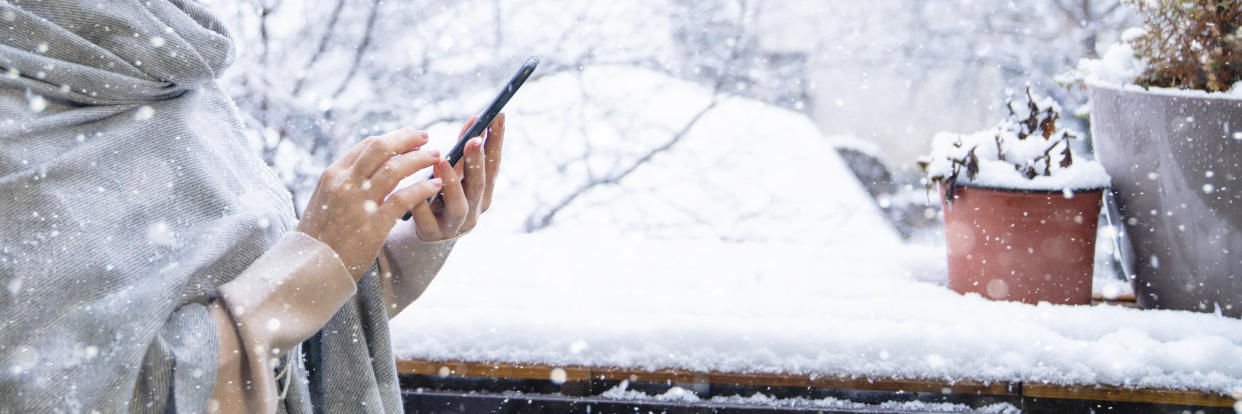How to stop cold weather damaging your phone

Phones can be a little temperamental when it comes to the hot and cold
In colder temperatures, it is quite natural for phones to slow down: the lithium-ion batteries which power most of today’s electronics do not respond well to sub-zero temperatures, so it is perfectly normal for a phone’s performance to be impaired, with apps opening more slowly and components like the screen slowing down.
Most of the problems that users encounter in cold weather are strictly temporary - but it is possible to damage your device, particularly by warming it up too quickly.
How cold can seriously damage your phone
Allowing your phone to warm up too rapidly once it has become extremely cold can lead to condensation, much as you get on a car window. In a phone, this can be a serious issue, either setting off water damage indicators (which can mean it’s difficult to get your device repaired under warranty) or actually damaging the phone.
This is more likely in phones with lower waterproofing specifications. To avoid this, don’t let your phone get extremely cold in the first place: for example, don’t leave it in a car, or in a shed where it will get very cold.

If you’re warming it up, be patient: using a hair dryer or putting it in an airing cupboard (for example) can increase the risk of dangerous condensation.
When not to charge your phone
It’s best not to charge your phone while it’s extremely cold - wait until you are indoors and let your phone warm up. Charging phones while they are extremely cold can cause damage to the battery.
Battery expert site Battery University says: "Consumer grade lithium-ion batteries cannot be charged below 0°C (32°F). Although the packs appear to be charging normally, plating of metallic lithium occurs on the anode while on a sub-freezing charge. "The plating is permanent and cannot be removed. If done repeatedly, such damage can compromise the safety of the pack. The battery will become more vulnerable to failure if subjected to impact, crush or high-rate charging."
How to keep your phone safe
If you’re going to be somewhere very cold, it’s worth investing in a phone case to keep your device insulated - there are specialist ones for cold temperatures. Generally speaking, keep the device close to your body and try and keep it as near room temperature as possible.
Don’t leave phones outdoors, or in unheated areas of your house to ensure good performance - and no condensation or battery issues.
Recommended reading
How to tell if someone is snooping on your phone (Yahoo News)
Five tips to extend your mobile phone's battery life (Yahoo News)
How to keep children safe on mobile phones (Yahoo News)


